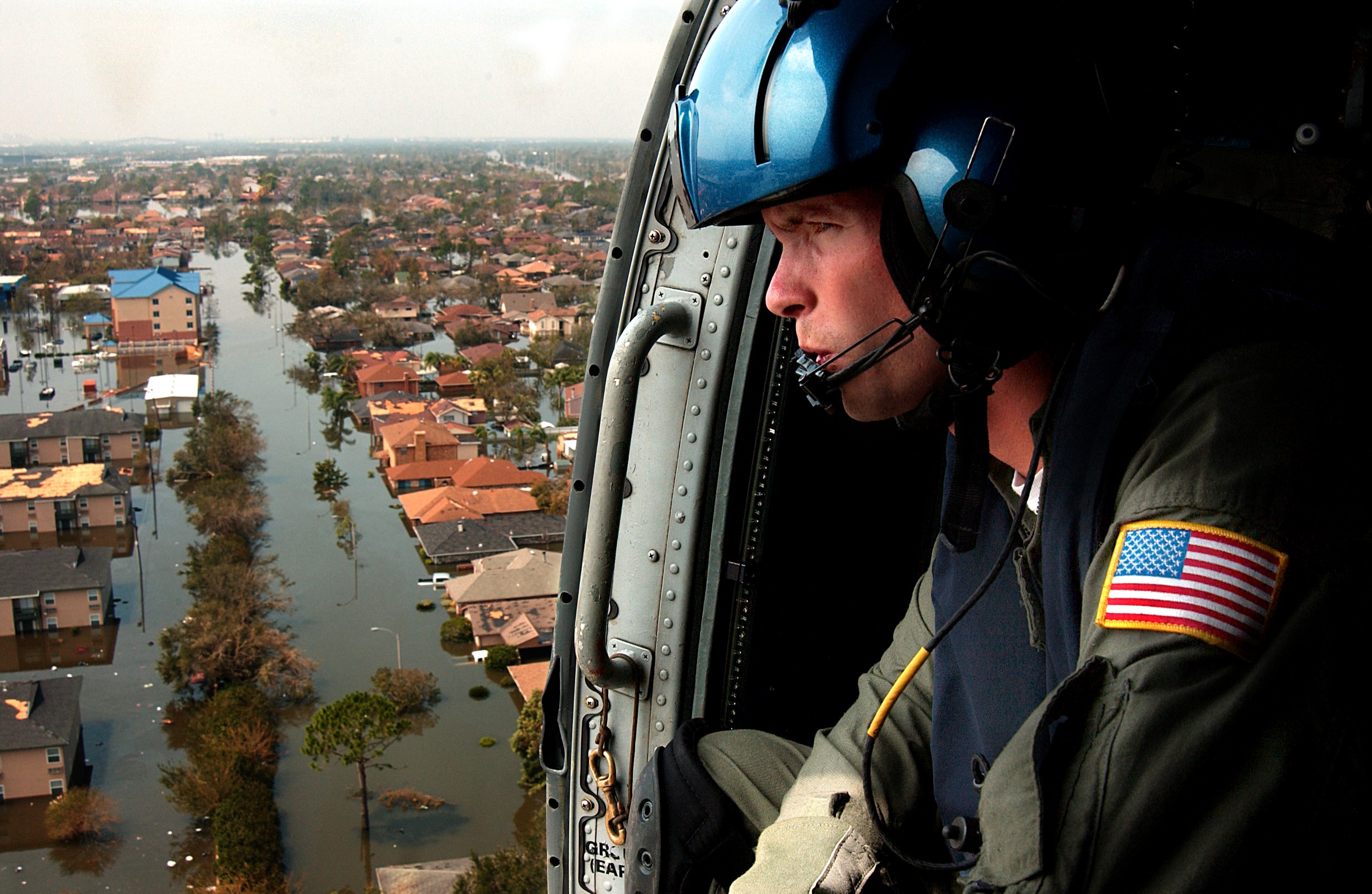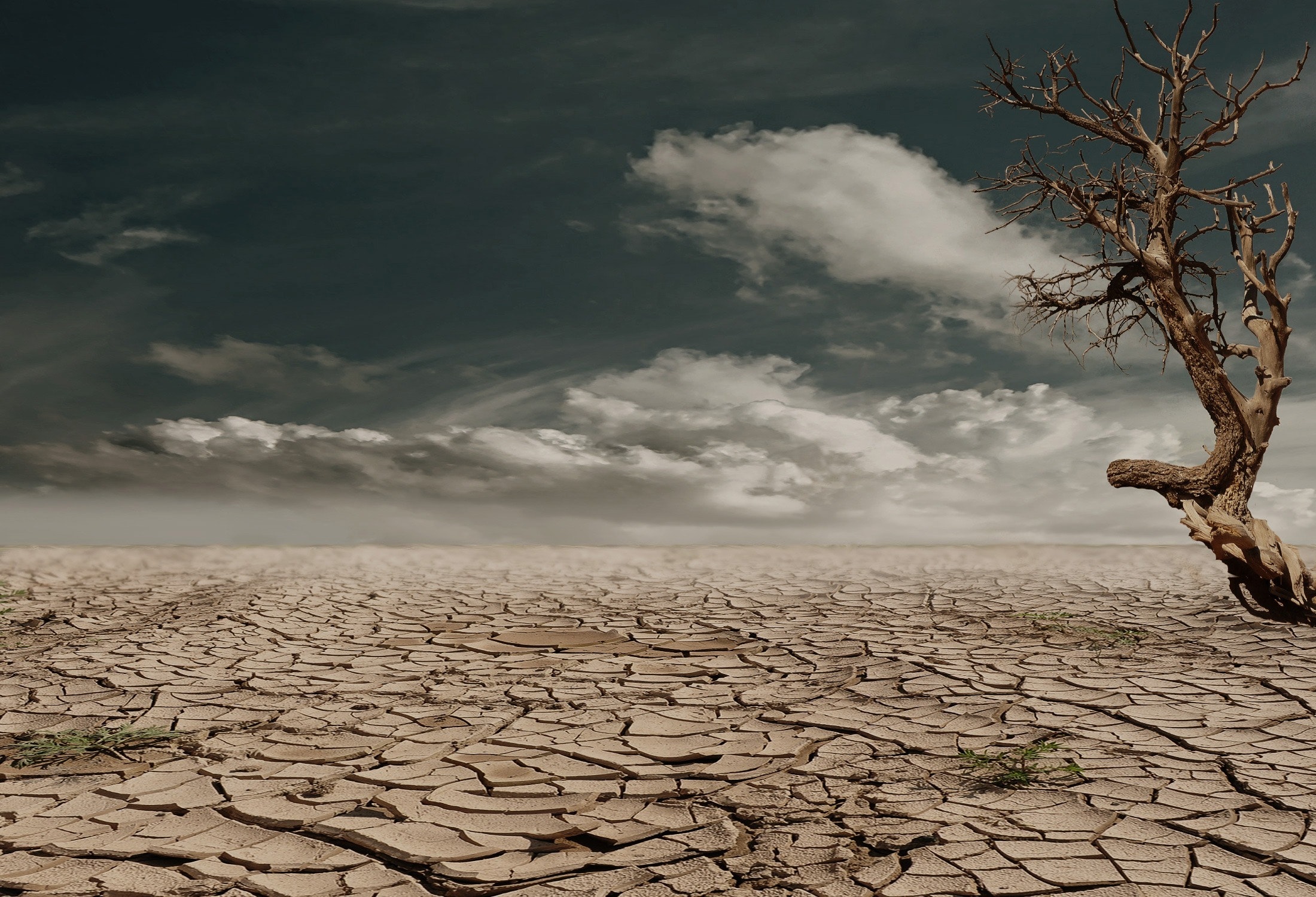The Apocalyptic Imperative

By Richard Milner
Staff Writer
3/6/2020

In 2015 Bill Gates held a TED talk about the greatest threat to face our generation: microbes, not missiles. He advocated for a unified global response system to future epidemics, sufficient R&D into immunological advancements, and collaboration between medical professionals and militaries to handle the logistics of combating a viral outbreak. Countries spend outrageous sums of money on militaries that mostly sit and wait in reserve until called upon, so why not apply the same reasoning to battling contagions?
Naturally, very little was done. The threat was not immediate, and creature comforts hadn’t been disturbed. Now, lives have been ruined, countries face economic disaster, and a vaccine is still a year off at best.
In general, human beings are terrible at responding to non-immediate threats. Over 140,000 years of evolution has hardwired Homo sapiens to respond to immediate, physical dangers. Place a hissing snake in front of someone, and the sympathetic nervous system takes over. The adrenal gland releases a flood of norepinephrine, cortisol, and other neurochemicals to accelerate the heart and oxygenate the lungs. The well-known fight or flight mechanism overrides measured processes in the pre-frontal cortex. As a result, humans excel at reflexive decision-making.
Human beings are terrible at responding to non-immediate threats.
But long-term, conceptual, data-driven problems? Not so much. Human psychology depicts a stunning array of cognitive fallacies that make us resistant to choosing rational courses of action. Confirmation bias means that people will cherry-pick information that suits their perspective, and reject the rest. The availability heuristic allows people to reach decisions more quickly using a set of data that is limited, and therefore potentially misleading. Optimism bias, which can be helpful for maintaining mental health, also means that people tend to shrug off information that suggest negative outcomes. This makes us poorly equipped to deal with a great ecological problem like climate change, which requires understanding the scientific complexities, carefully analyzing the data, and thinking long term.
The COVID-19 pandemic, however, might help wake us from our torpor. The parallels are obvious: two scientifically-proven dangers that seem minor at first, but become cataclysmic. We are now painfully aware of what happens when we ignore scientific expertise and downplay threats to the species. UN Secretary General Antonio Guterres drew these parallels too, saying this is the perfect time to draft a plan of action to combat climate change.
We are now painfully aware of what happens when we ignore scientific expertise and downplay threats to the species.
Over the past several months, we’ve seen the positive environmental effects from reducing pollution: the canals of Venice are clean, and there are blue skies above cities like Los Angeles. But expect this to be short-lived: when the virus clears enough to restart the economy, most people will have little patience for reducing pollution by running at anything less than full capacity when they’re already struggling to pay bills and put food on the table.
Imagine, however, the impact on daily life if we continue to drag our feet in the fight against climate change. Forget about salons not being open. Entire cities, like Bangkok, Mumbai, Shanghai, Ho Chi Minh, and Alexandria are expected to be underwater by 2050. Can’t go to the beach for spring break? How about if all of Florida vanished? And the inconvenience of not being able to leave your home? How about being forced to evacuate your home due to a massive storm? Think the housing camp you’d be relocated to would be temporary? Ask the victims of Hurricane Katrina about the transition away from temporary housing, and then remember that was 400,000 people. By 2050 it’s estimated rising sea levels will displace 23.4 million Americans, and 150 million people worldwide.

A US Coast Guardsman searches for survivors in New Orleans in the aftermath of Hurricane Katrina
Climate change intensifies extreme weather conditions: global warming creates stronger and more erratic wind, which can cause drought, heat waves, storms, and increased precipitation (which also further destabilize ocean currents already turbulent from increased convection). The most powerful hurricanes, typhoons, and thunderstorms on record will cause immense wind damage, while flooding will damage buildings and wreak havoc on roads and mass transportation.
This means all ground-based deliveries will have to contend with unpredictable weather events and their results: broken infrastructure and bridges and impassable roads. Extreme weather would also blow and wash away nutrient-rich soil used for growing crops. Fertile land has already been stripped bare and made arid by deforestation, over-farming, and excessive livestock. As temperatures continue to rise, the resulting shifts in seasonal weather cycles will upset agricultural practices, and some crops will no longer be able to grow in certain regions at certain times of the year. Less soil also means less CO2 absorption (soil absorbs about 25% of the CO2 in the atmosphere), thus accelerating climate change even more.

The combined result of this will be the disruption of supply chains, especially food supply chains. Frustrated that you can’t eat at restaurants now because of quarantine measures? Imagine how much worse it’ll be when the restaurants themselves can’t procure food and shelves in supermarkets are bare.
Worried about pathogens now? Be prepared to worry a lot more when the permafrost melts, and ancient viral, bacterial, and fungal contagions that have lain dormant are released back into the atmosphere. Anthrax, smallpox, bubonic plague, and Spanish flu wait perfectly preserved in the tundra and ice of the Arctic and Antarctic, as well as far more threatening pathogens like novel “giant viruses” Pithovirus sibericum and Mollivirus sibericum from 30,000 BC that afflicted prehistoric human species like Neanderthals and Denisovans. The older the single-celled organism, the more likely it’ll be resistant to current antibiotics, because antibiotics are built from known organisms. Additionally, as the poles warm, those diseases that typically affected equatorial regions – cholera, malaria, dengue fever – will migrate north and south.

Melting polar ice caps also means that less sunlight is reflected back into space, and more sunlight, therefore, penetrates Earth’s oceans. The resulting ocean acidification then accelerates and kills marine life, and the marine food chain breaks down at its source: plankton.
This is not hyperbole. COVID-19 has caused worldwide upheaval, yes, but it is a handgun next to an atomic bomb. Climate change doesn’t go away after a few months of quarantines or once a vaccine is developed. By the time we start to get serious about global warming, it might be too late to stop or, at the very least, extremely difficult to reverse.
For decades, the scientific community, environmentalists, and the political left have worked to drive home the reality of climate change. But political leaders dawdle and fret about bottom lines. Utterly simple, common sense measures like turning off lights in unused rooms to reduce household energy use – have taken years to sink in with the general public. Captain Planet cartoons in the 1990s haven’t worked. Al Gore hasn’t worked. Even Greta Thunberg hasn’t worked. Might COVID-19 succeed where they failed?
I wouldn’t bet on it. Even firsthand experience with a micro-apocalypse isn’t likely to change our perspective. People will emerge out of the crisis wanting and needing to return to life as it was before the pandemic. The millions of Americans who’ve lost their jobs, for example, won’t want to hear about New Green Deals or installing bicycle lanes in cities if they don’t even have enough money to cover rent. No amount of pictures of clear Venetian canals or footage of collapsing ice shelves will stop people from gleefully resuming familiar, carbon-guzzling activities like air travel, either.
People will emerge out of the crisis wanting and needing to return to life as it was before the pandemic.
In addition, it stands to reason that resistance to industry change across the world will be massive. The global economy will be in no shape to support speculative ventures like alternative fuel sources, or even tighten regulations surrounding environmentally unfriendly activities like factory farms or deforestation. Conservative governments are already using the economic damage caused by the lockdowns to argue against any measures that might constrain industry for the sake of the environment. Even the most progressive governments will likely be forced to revert to the status quo ante and moderate their environmentalism.
And so, the COVID-19 crisis has shown us the devastating consequences of dismissing a supposedly intangible, long-term threat. What will we do with this lesson? Knowing us, sad as it is to say, likely nothing.
